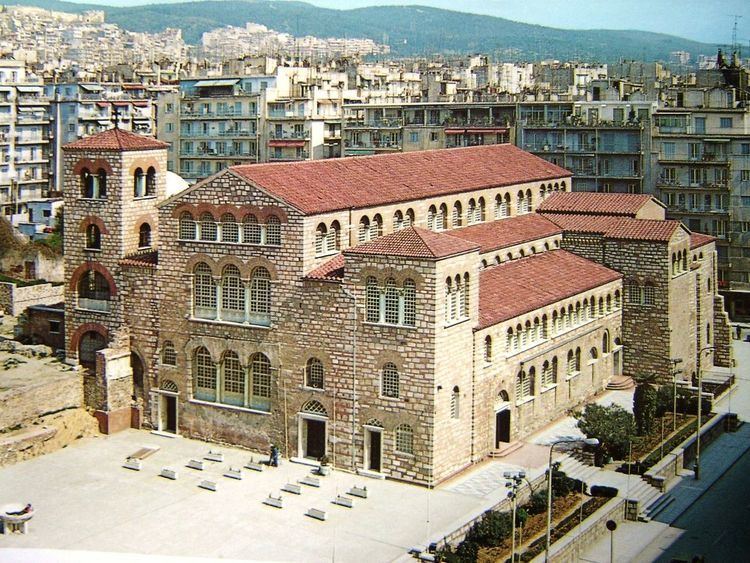Location Greece Criteria i, ii, iv UNESCO region Europe | Type Cultural Reference 456 Inscription 1988 (12th Session) | |
 | ||
The city of Thessaloniki in Macedonia, Greece, for several centuries the second-most important city of the Byzantine Empire, played an important role for Christianity during the Middle Ages and was decorated by impressive buildings. In 1988, fifteen monuments of Thessaloniki were listed as UNESCO World Heritage Sites:
References
Paleochristian and Byzantine monuments of Thessaloniki Wikipedia(Text) CC BY-SA
